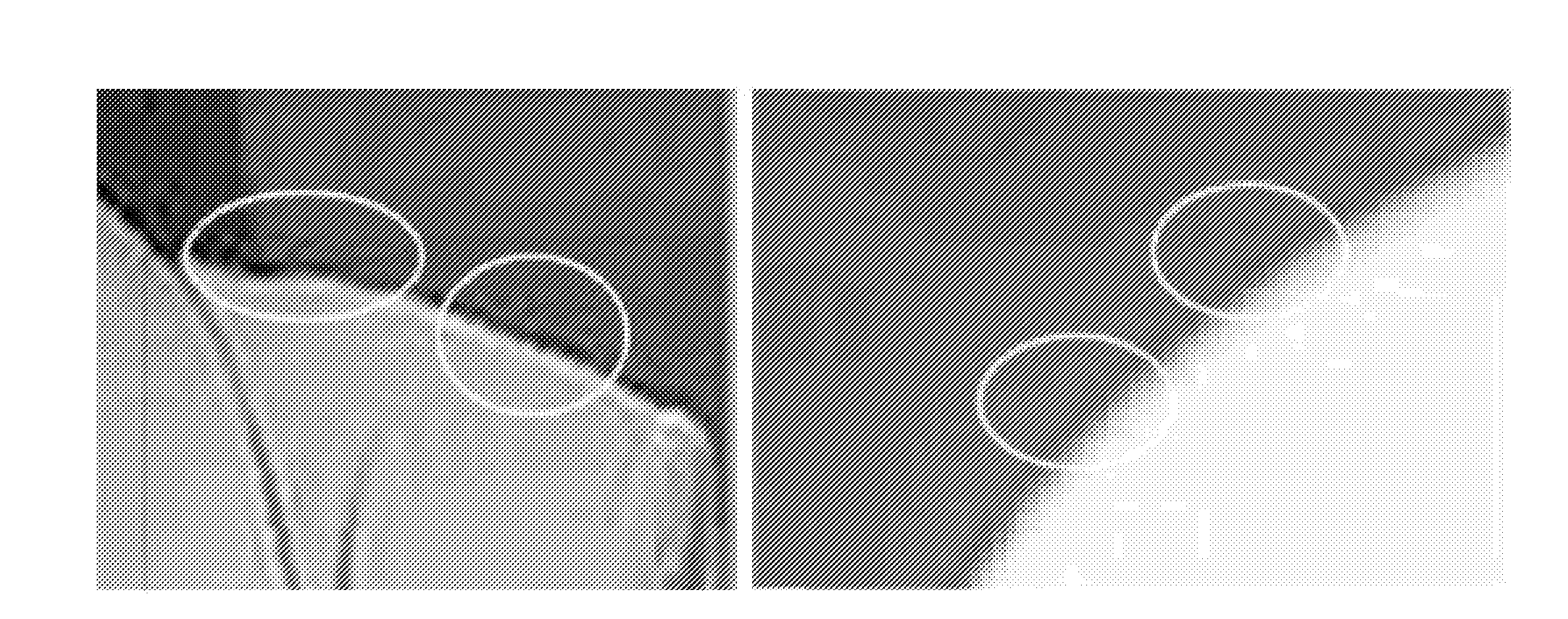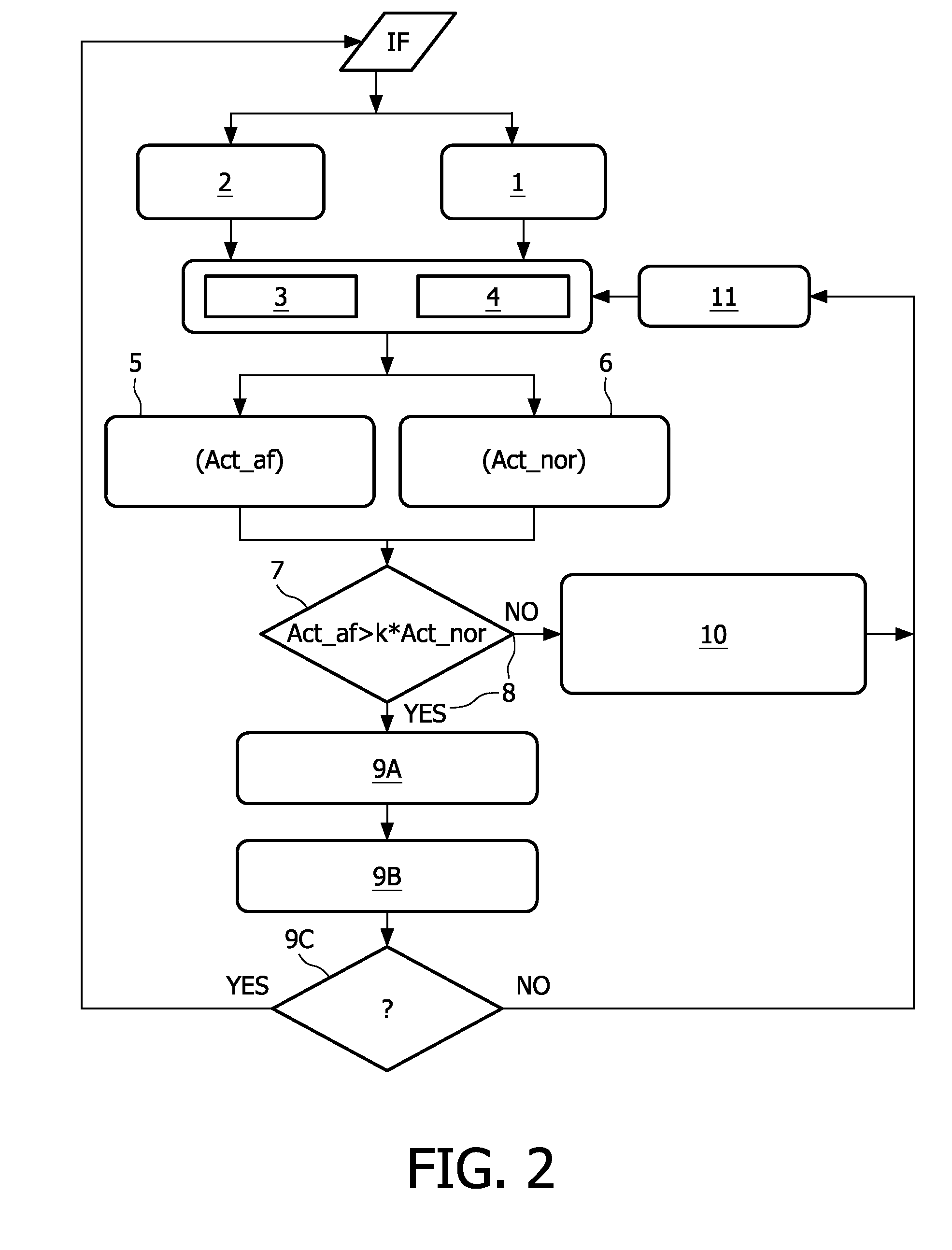Detection and reduction of ringing artifacts based on block-grid position and object edge location
a technology of object edge location and block grid position, applied in the field of processing data, can solve problems such as gibb's phenomenon artefacts and noise, and types of coding artefacts
- Summary
- Abstract
- Description
- Claims
- Application Information
AI Technical Summary
Benefits of technology
Problems solved by technology
Method used
Image
Examples
Embodiment Construction
[0095]In FIG. 1 the exemplifying picture demonstrates the inventive perception that ringing artefacts predominantly occur around strong object edges. The light ovals indicate some of the blocks affected by ringing.
[0096]FIG. 2 shows a flow-block-scheme of a preferred embodiment of an algorithm for the method according to the inventive concept. The same FIG. 2 may also serve as sufficient disclosure for a respective filter device, which basically functions according to the illustrated method, and a respective data signal, which is basically a result of the illustrated method. The algorithm of this embodiment comprises the following main steps after providing a picture e.g. an input frame IF:
[0097]1. Determining a grid of pixel blocks on a picture. The algorithm can exploit the grid position information from the actual bit-stream of the input frame IF, or in modified embodiments, additionally or alternatively, from the compressed bit-stream, if such is available during the artefact re...
PUM
 Login to View More
Login to View More Abstract
Description
Claims
Application Information
 Login to View More
Login to View More - R&D
- Intellectual Property
- Life Sciences
- Materials
- Tech Scout
- Unparalleled Data Quality
- Higher Quality Content
- 60% Fewer Hallucinations
Browse by: Latest US Patents, China's latest patents, Technical Efficacy Thesaurus, Application Domain, Technology Topic, Popular Technical Reports.
© 2025 PatSnap. All rights reserved.Legal|Privacy policy|Modern Slavery Act Transparency Statement|Sitemap|About US| Contact US: help@patsnap.com



